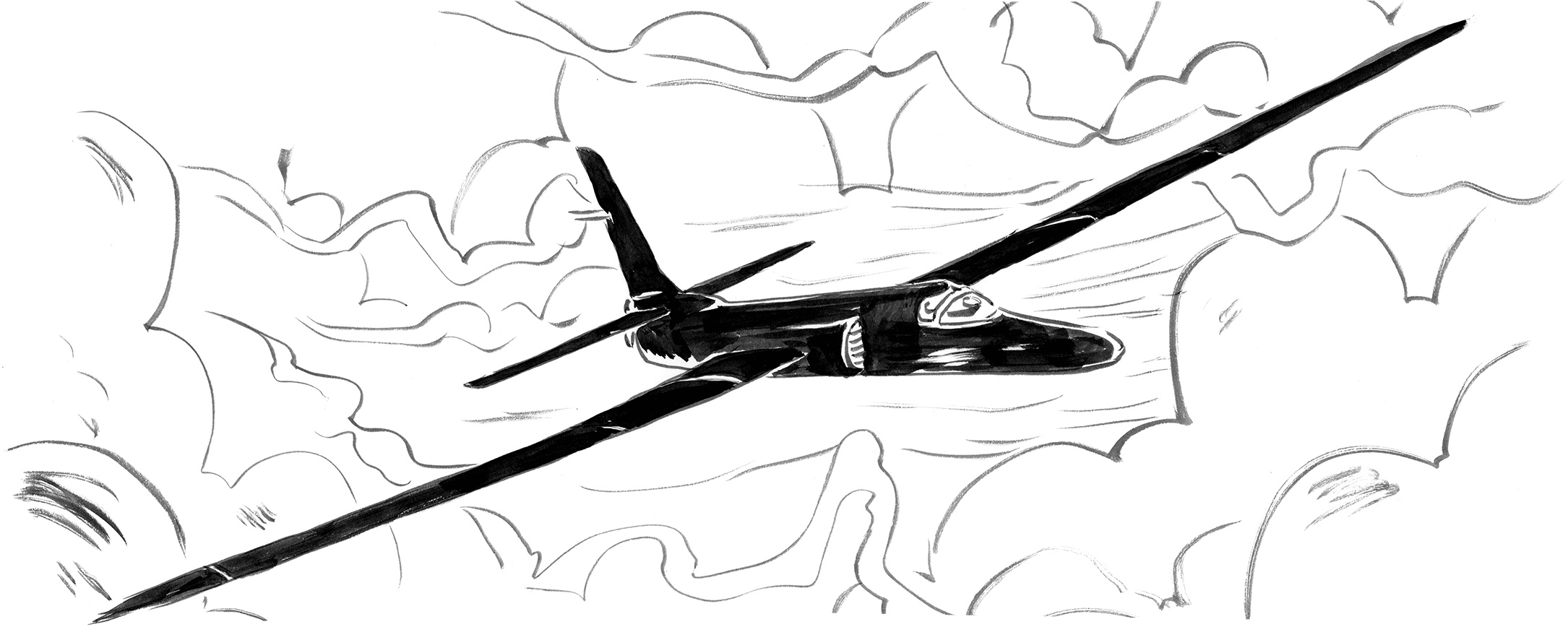CHAPTER 3
The Hype
Feedback played songs written and made popular by other performers, like the Rolling Stones and Neil Young. In the late 1970s, Bono also went to see bands like the Ramones and the Clash perform live. Their music was loud, rude, and rough. But what Bono liked about them, especially the Clash, was that they sang about wanting to change the world. The Clash really wanted to say something with their music. Bono wanted to use music to make a statement, too.

The Clash

Bono told the other guys in the band that instead of playing other people’s songs, they should start writing their own. That way they could really put their own words—their own message—into the music. In 1977, they got a chance to play at another high school in Dublin called Saint Fintan’s. For the first time, they’d be paid to perform. Bono was sure they would be great. They’d been practicing a lot. They would play an American song from the 1950s called “Johnny B. Goode,” and a more recent moody rock song, “Nights in White Satin.” But when they started to play, Bono could see that the audience wasn’t listening. Some people laughed. Bono realized he and the band had a lot more to learn about live performances.

When the show was over, Feedback was very embarrassed—but not ready to quit. Instead, they changed their name so no one would connect them to the terrible show at Saint Fintan’s. They now called themselves the Hype.
Soon after, Bono was ready to graduate from Mount Temple. But he had failed Irish, the old language once spoken throughout Ireland. He had to return to school for another full year just to pass his Irish class. With only one class to take, he had plenty of time to think about writing music. No one in the band had ever written a song before, but they had fun trying.
The band continued to practice. And Bono started to dream of becoming a rock star. But Bono cared about more than fame and money. He wanted to be a good person, too. He kept going to prayer meetings and reading the Bible. He tried hard to always follow the path that he thought God wanted for him. And he prayed that he would learn what that path might be.

In 1978, Adam saw an ad for a battle of the bands in Limerick, Ireland. The winner got a record demo with CBS Ireland and five hundred pounds, the equivalent of about $975 in the United States.

A demo is a professional recording made in a studio. It isn’t meant to be sold. Copies of the demo are sent to record companies and producers so they can hear what a band or a singer sounds like. It was a rare opportunity for a band like Bono’s to have the chance to record a real demo. If any of the record companies liked it, they would offer the band a recording contract—and that was the big-time!
Adam entered them in the contest, but he thought they should once again change their name. A friend had suggested the name U2. Bono liked the way it looked with only one letter and one number, and that it could also be read as “you too” or “you two.” Most importantly, it was the cool name of an American spy plane.
The band—now known as U2—competed with musicians from all over Ireland. They didn’t expect to do well—they just wanted the experience of being in the contest. They played three songs that they had written themselves. Writing their own original songs paid off. U2 ended up winning the contest! No one was more surprised than the band itself. Soon they were in a professional recording studio for the first time, getting ready to make their demo.

The American U-2

U-2 spy plane